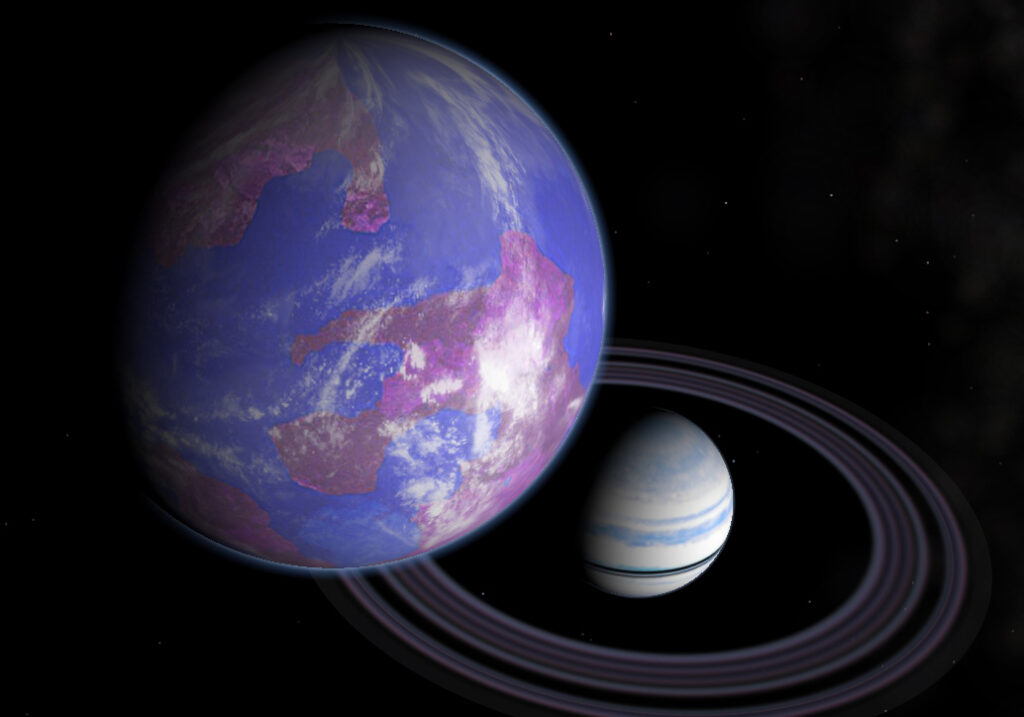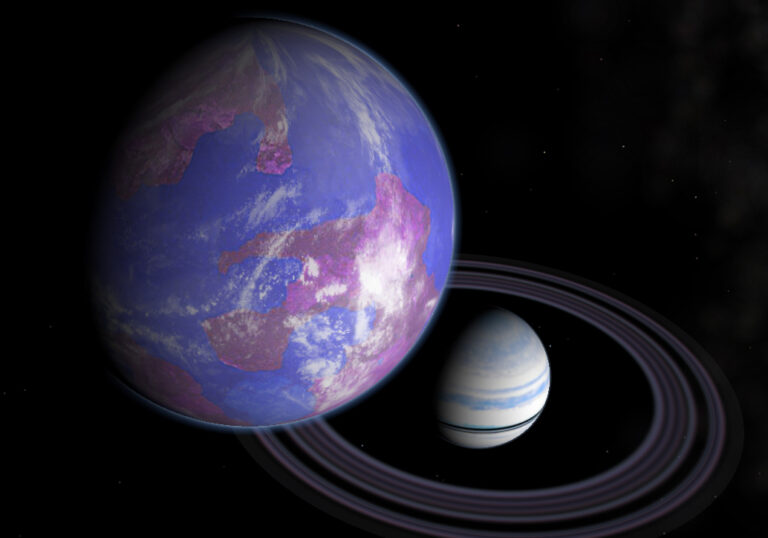Exomoons in Kepler’s Crosshairs: The Quest is On
Recently, an article was published discussing the feasibility of detecting moons around planets outside of our solar system. The article concluded that with current technology, it is possible to detect exceptionally large moons, roughly the size of Earth or larger. In response to this, a team of astronomers led by David Kipping from the Harvard-Smithsonian Center for Astrophysics has announced their intention to search publicly available Kepler data to determine if any such moons have been detected.The project, titled “The Hunt of Exomoons with Kepler” or HEK for short, utilizes two main methods to search for these moons. The first method involves looking for any transits that these moons may cause, similar to how Kepler detects planets passing in front of their parent star. The second method involves studying the subtle gravitational tugs that these moons may have on previously detected planets.
However, it is important to note that the possibility of finding such large moons relies on the existence of these moons in the first place. Within our own solar system, there are no moons of the necessary size that can be detected with our current equipment. The only objects we can detect of that size are independent planets. But could these objects exist as moons?Astronomers’ simulations of how solar systems form and develop do not rule out the possibility. It is believed that Earth-sized objects may migrate within forming solar systems and be captured by gas giants. In this scenario, some of these captured objects would not survive, either crashing into the planet or being ejected after a short time. However, estimates suggest that around 50% of captured moons would survive and have their orbits circularized due to tidal forces. Therefore, the potential for the existence of such large moons does exist.

The most direct method for detecting these exomoons is through the transit method. Just as Kepler detects planets by observing the temporary drop in brightness when they pass in front of their parent star, it could also detect the transit of a sufficiently large moon.Overall, the HEK project aims to explore the possibility of detecting moons around extrasolar planets using the available Kepler data. By utilizing the transit method and studying gravitational tugs, the team hopes to uncover evidence of these large moons and further our understanding of the formation and development of solar systems.
The more intricate approach involves identifying the subtle influence of the moon on the planet, which alters the timing of the transit’s start and end. This technique, known as Timing Transit Variation (TTV), has also been utilized to deduce the existence of other planets in the system that create similar gravitational pulls. Furthermore, the same gravitational pulls exerted during the planet’s passage across the star’s disk can alter the duration of the transit, referred to as Timing Duration Variations (TDV). By combining these two variations, valuable information about potential moons can be obtained, including their mass, distance from the planet, and even the direction of their orbits.
At present, the team is focused on compiling a prioritized list of planet systems discovered by Kepler that they intend to investigate first. Their selection criteria include having sufficient and high-quality data, as well as planets large enough to potentially host such sizable moons.
As the team emphasizes, the ongoing HEK project aims to address the question of whether large moons, including habitable ones resembling Earth, are prevalent in our galaxy. Leveraging the exceptional photometry provided by Kepler, the study of exomoons may soon transition from theoretical speculation to empirical exploration.
This article is republished from PhysORG under a Creative Commons license. Read the original article.
Do not forget to share your opinion with us to provide you with the best posts !




0 Comments